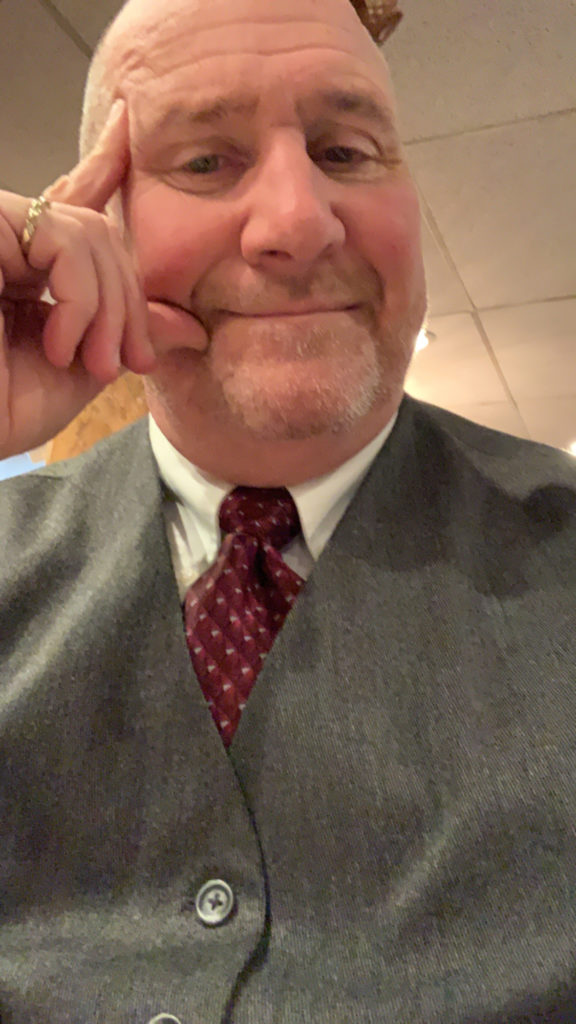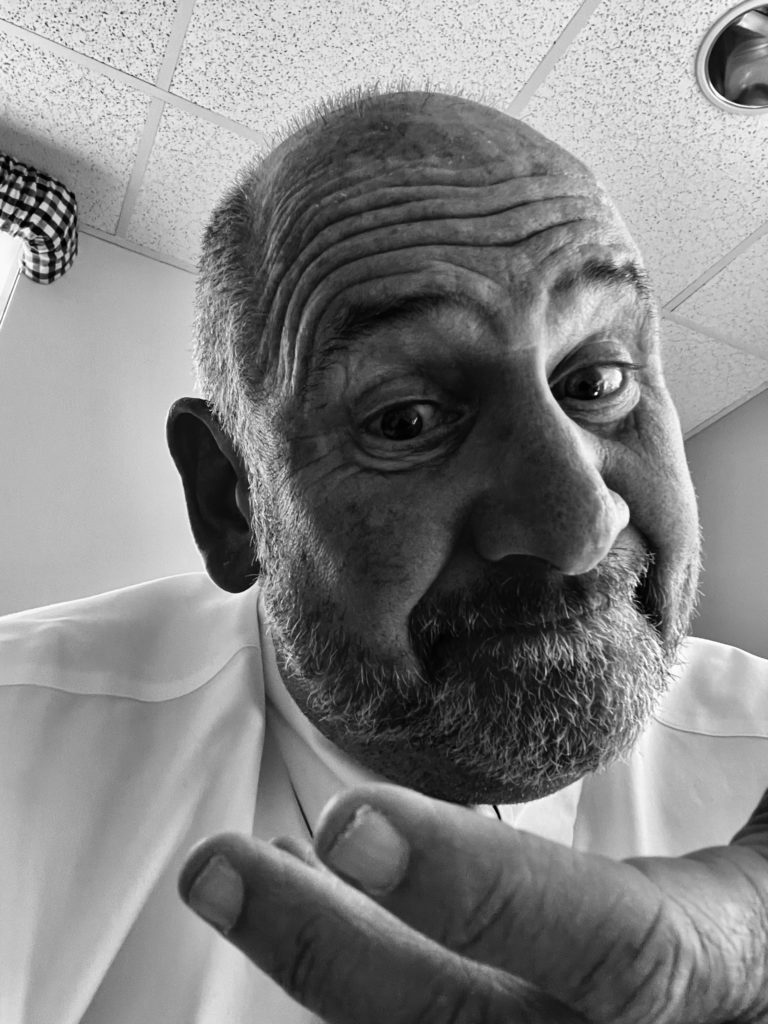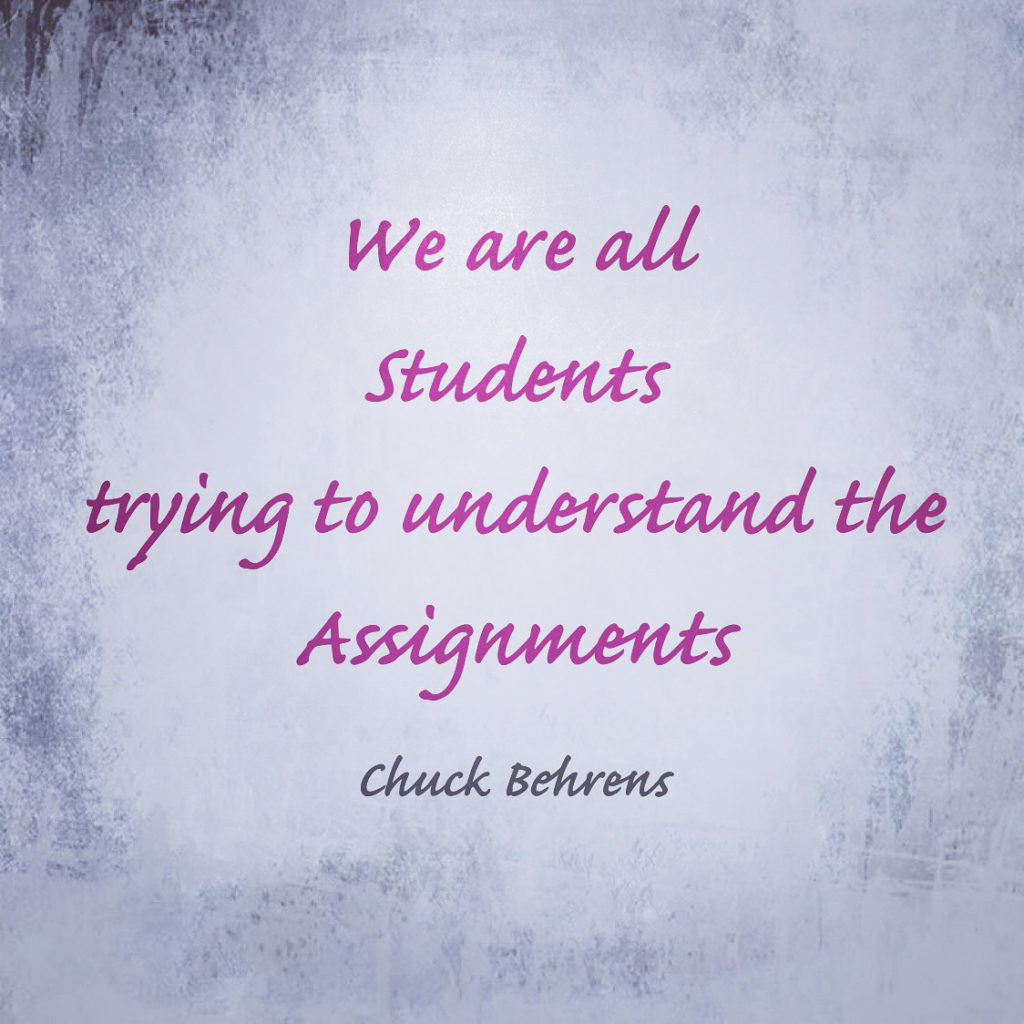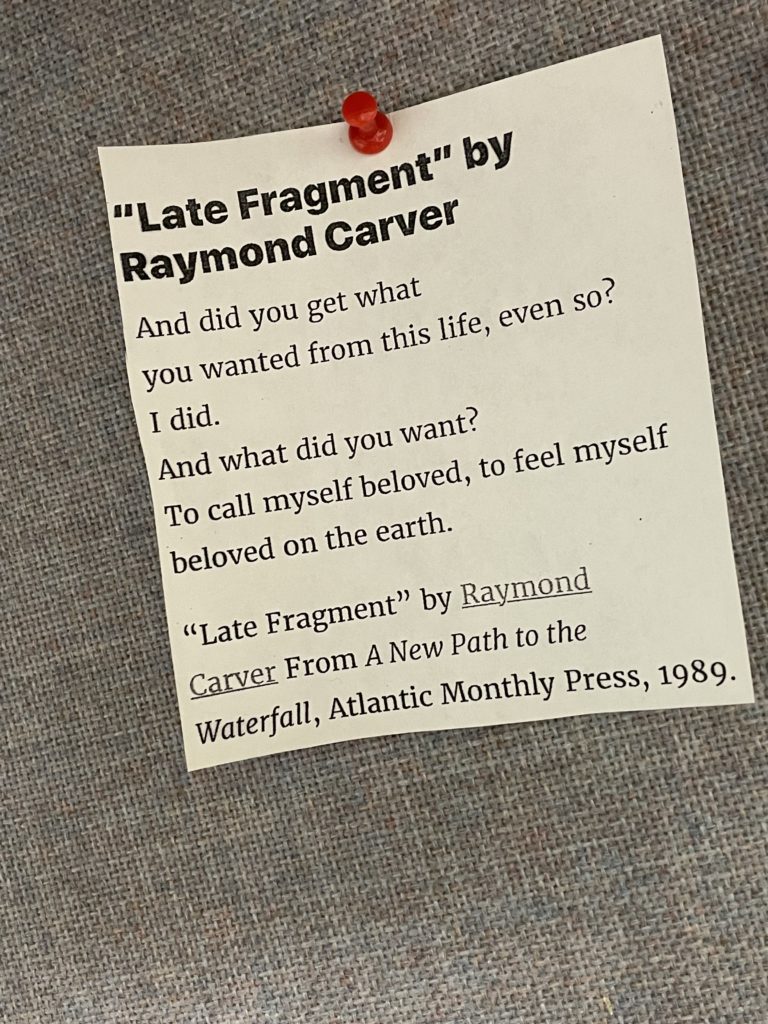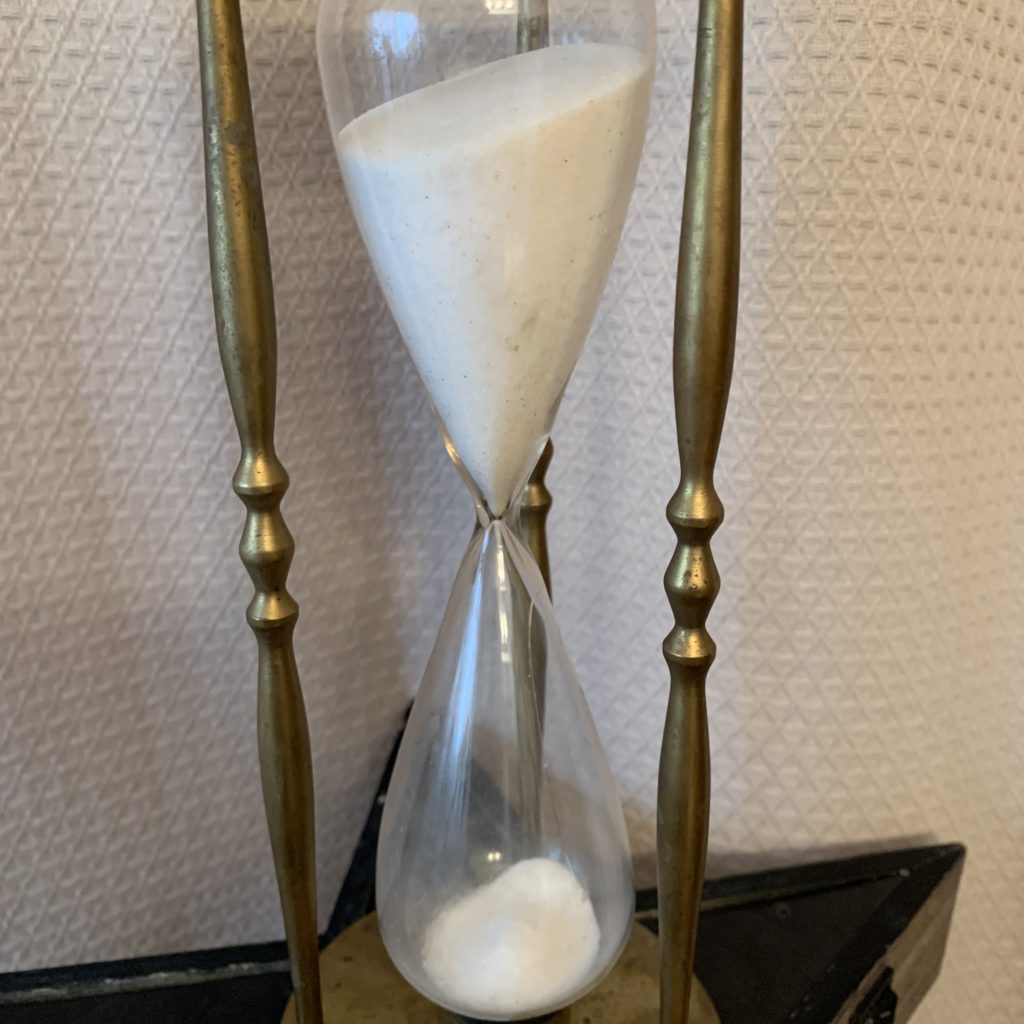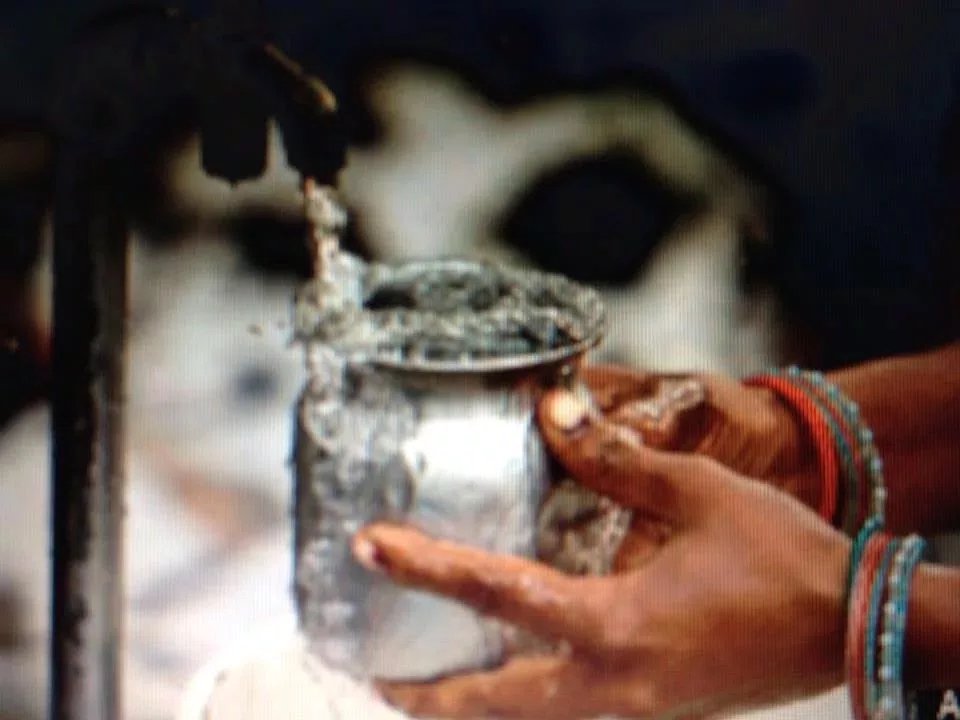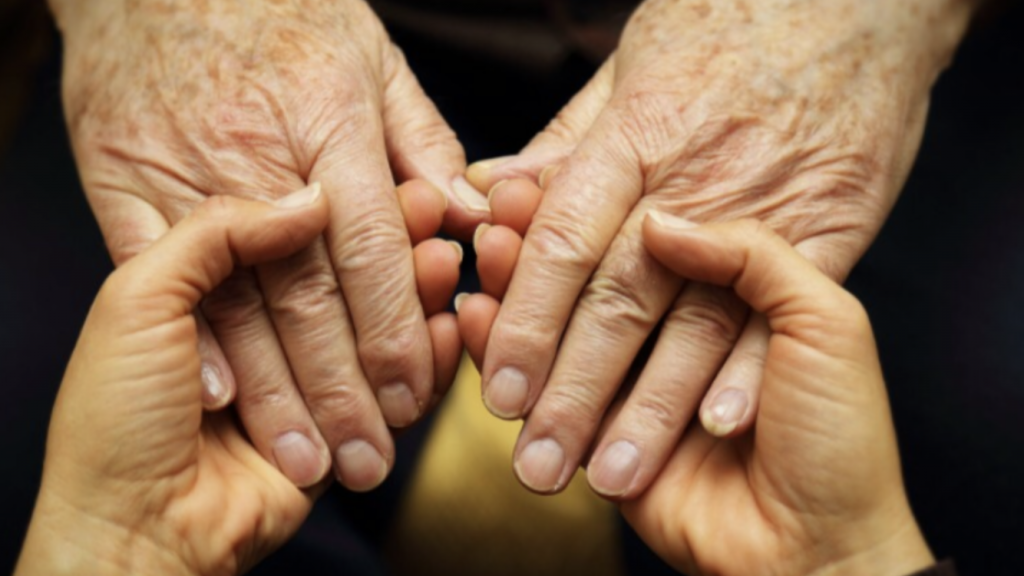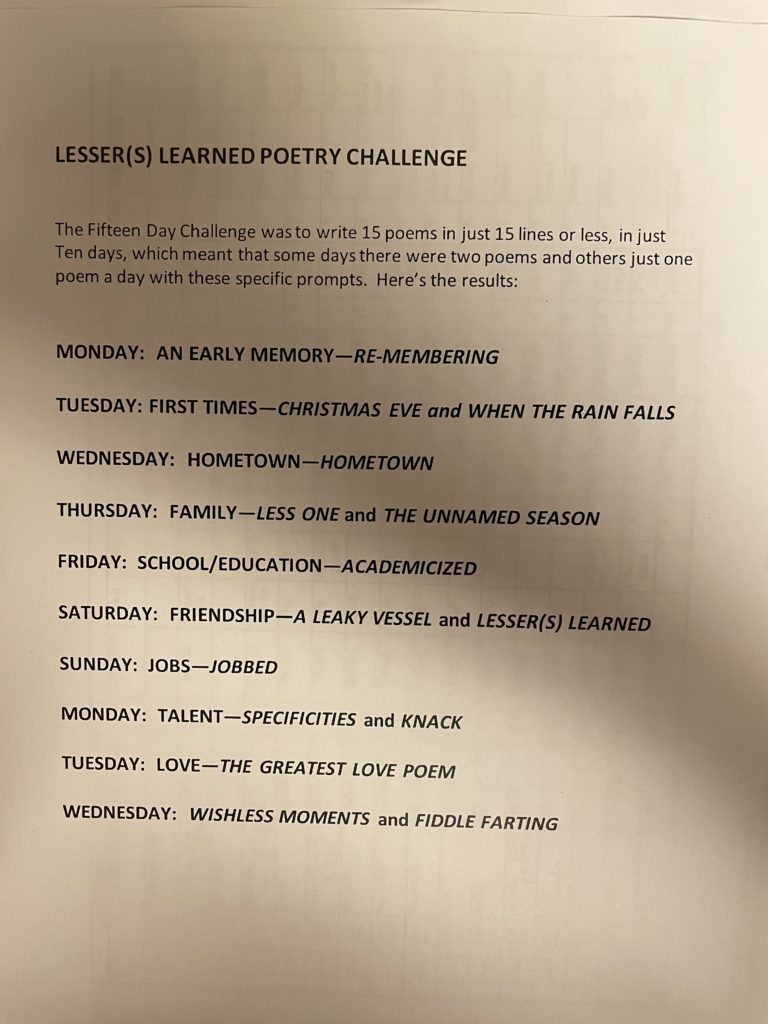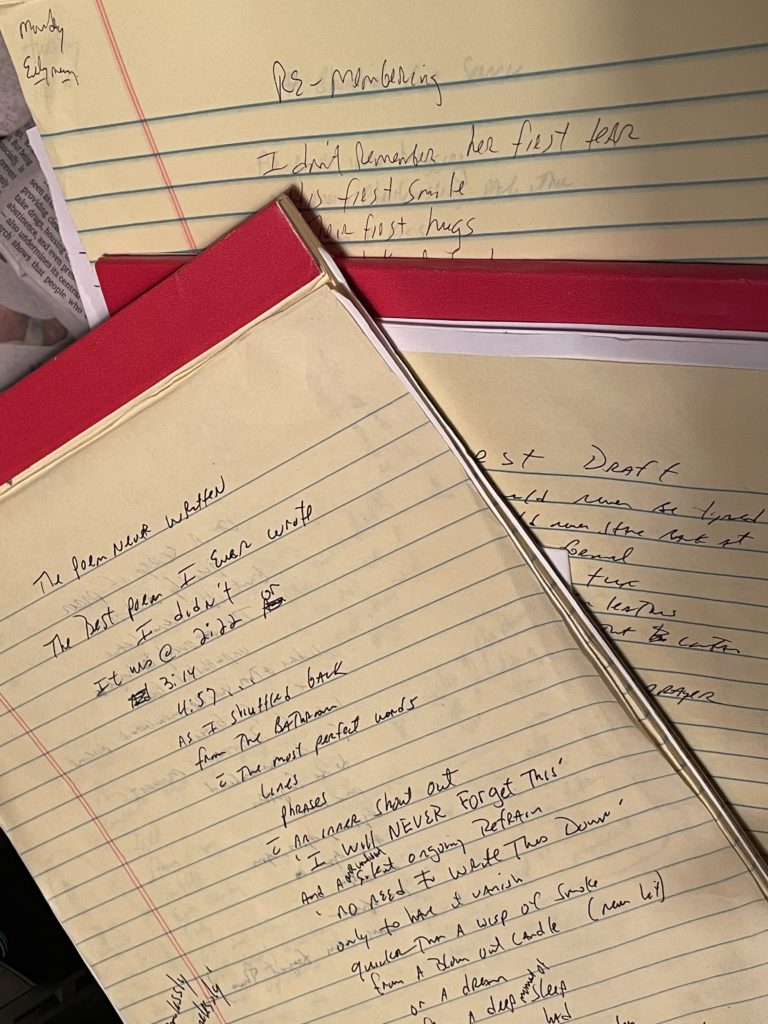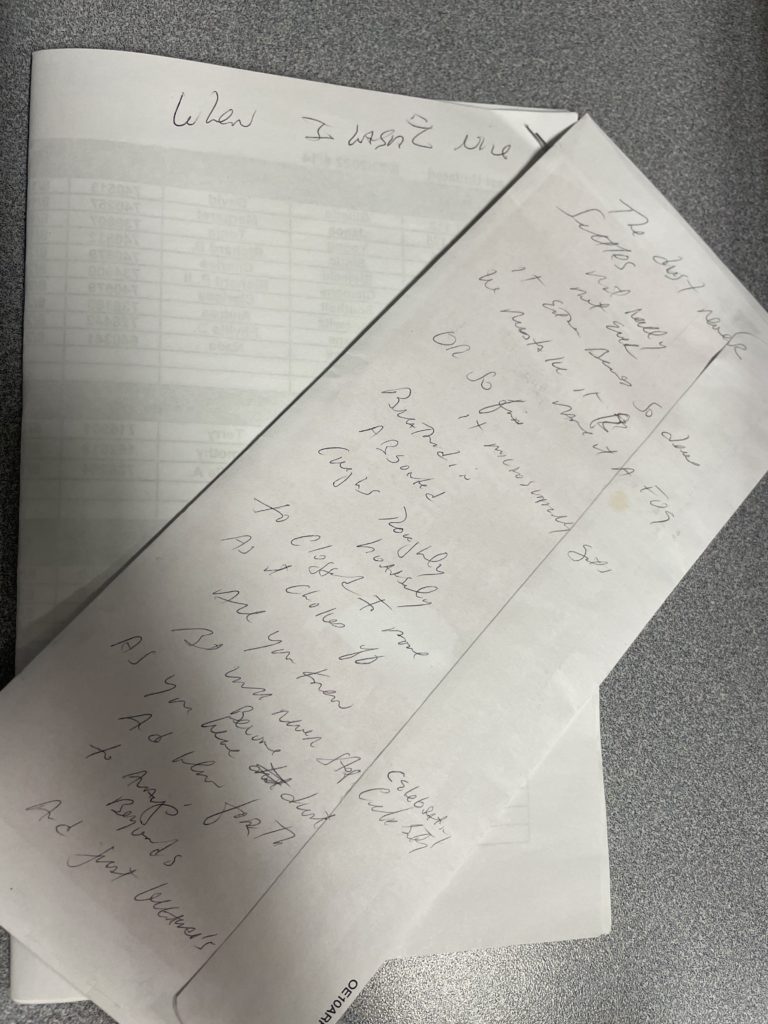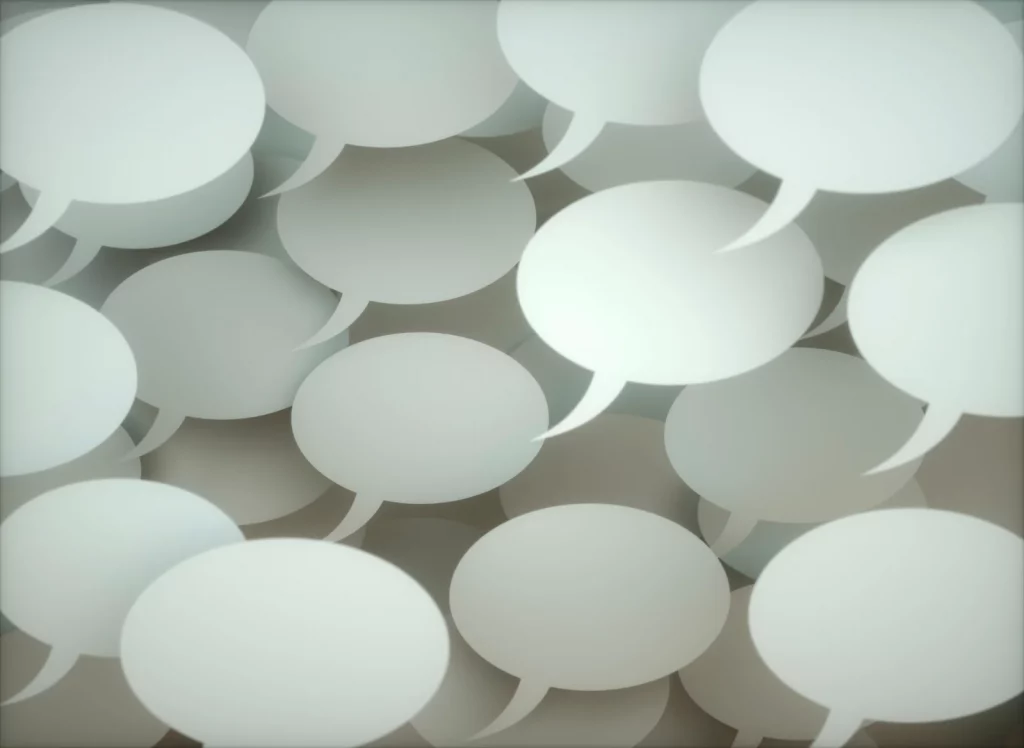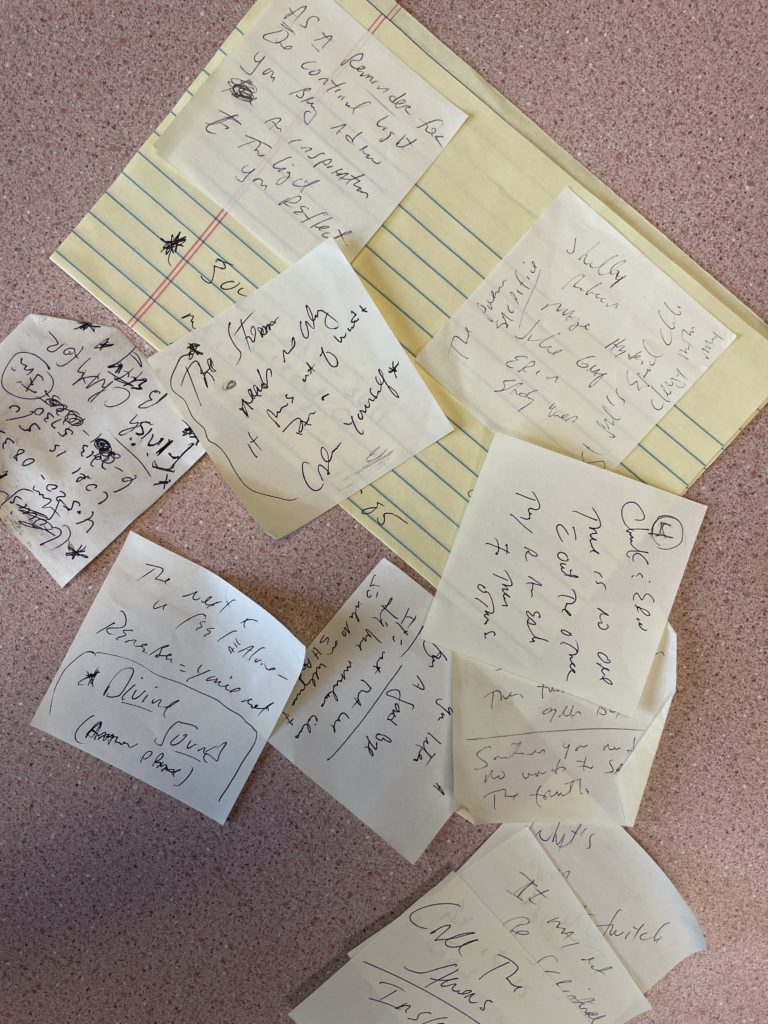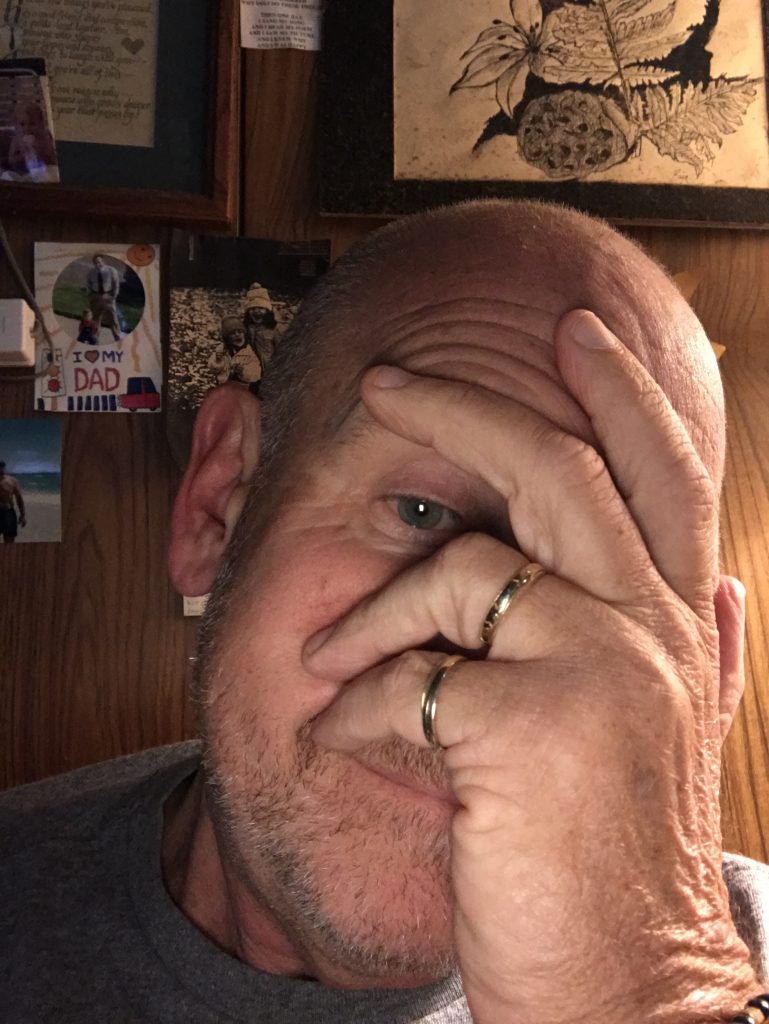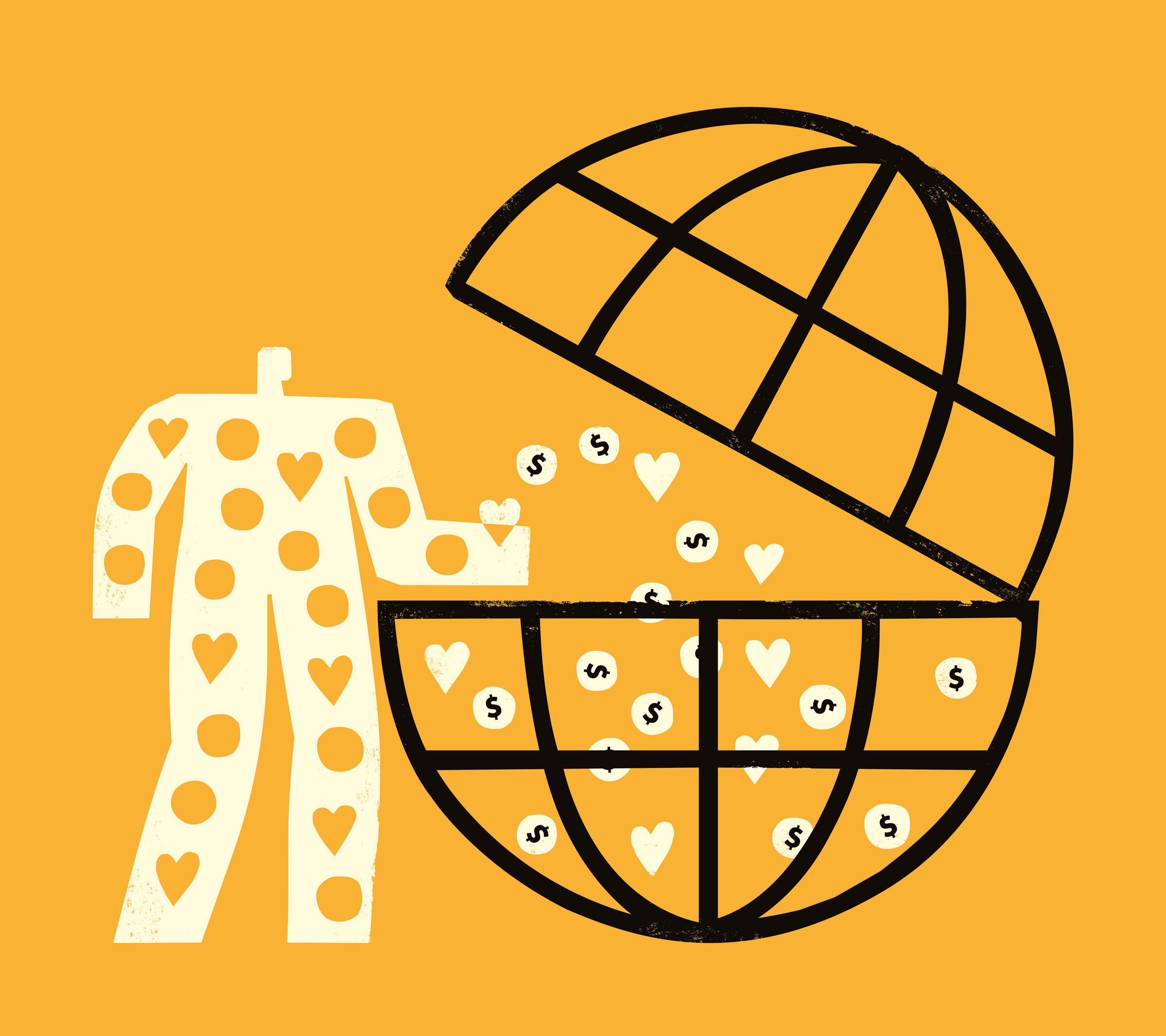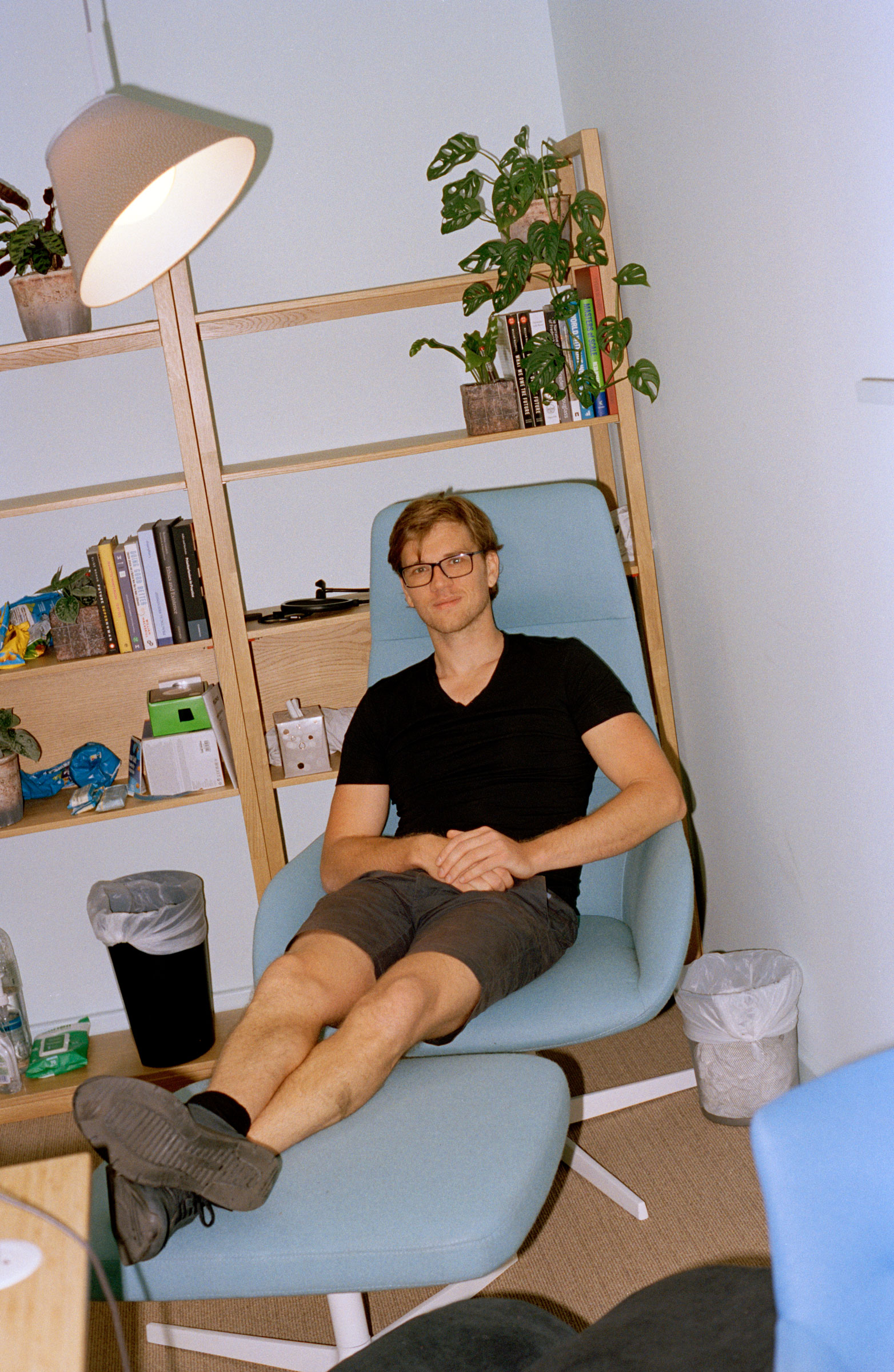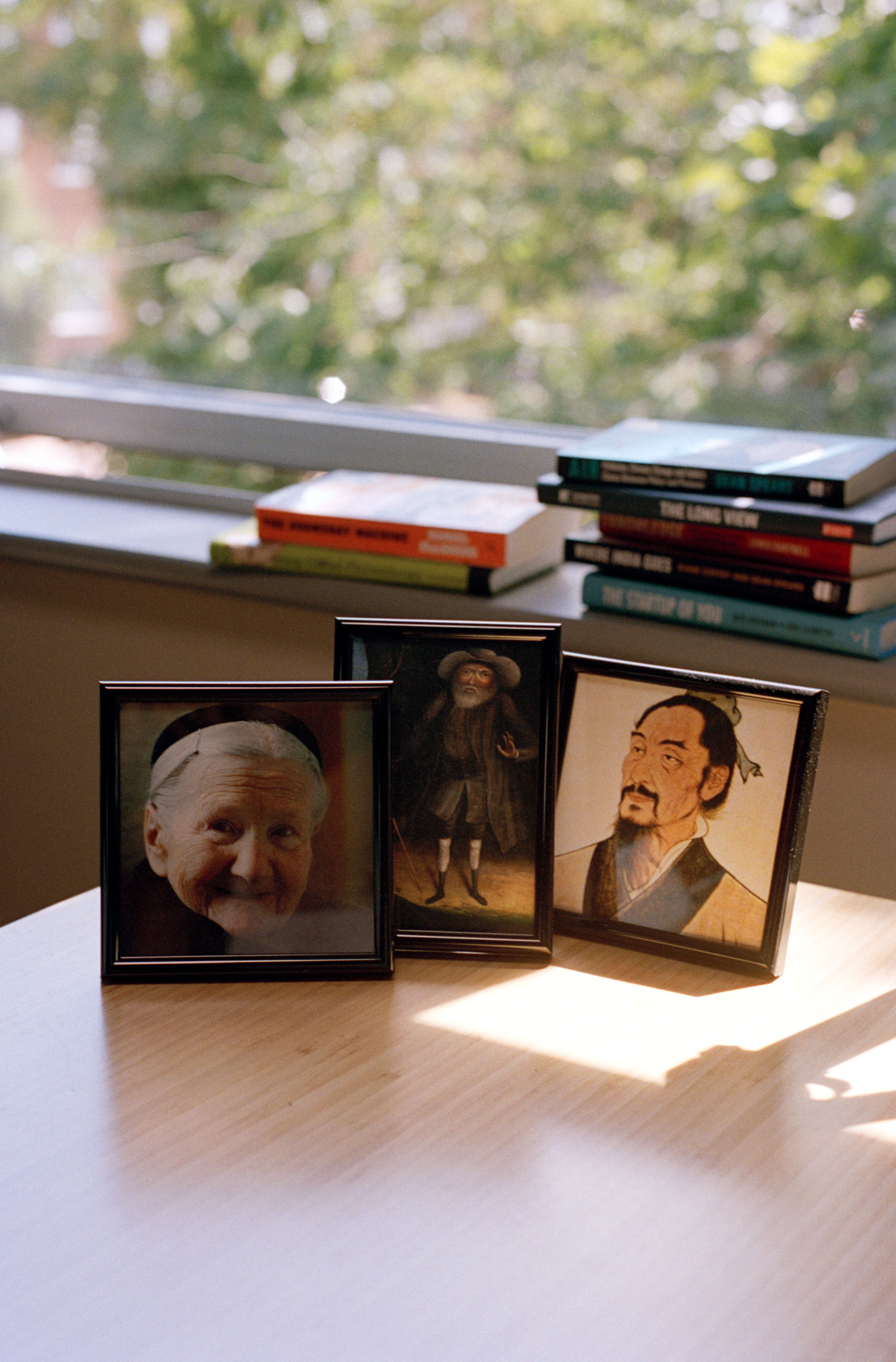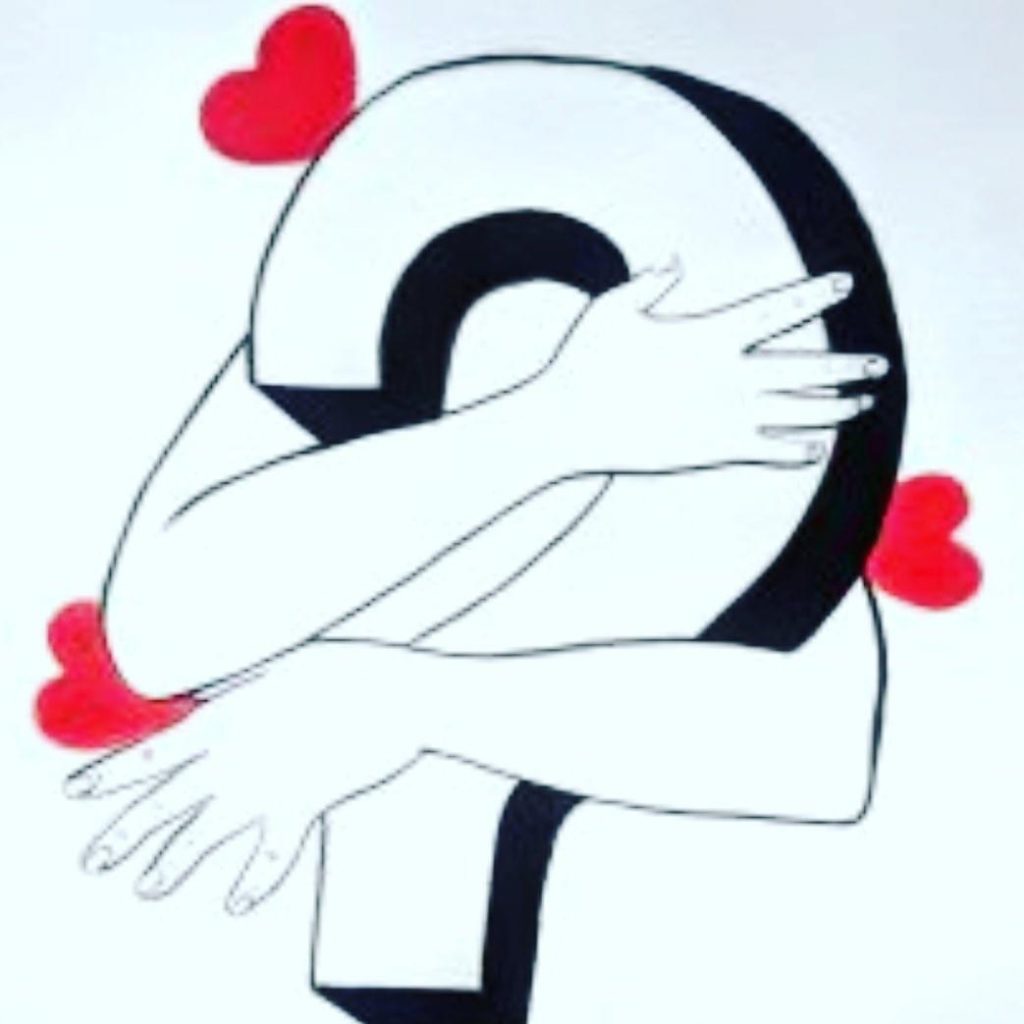Dave is a friend of mine from Nacogdoches, Texas. He owns and operates
Galleria Z, a Custom Picture Framing and Artful gifts decor shop. He recently posted the following story:
Most everyone knows this word, but it also functions as an acronym that has some helpful wisdom. A man I’ve gotten to know comes in my shop from time-to-time seeking small jobs to make a little money but now more often just to talk. He has numerous life challenges including mental illness and alcohol dependency. He got sober a couple of months ago and says he’s been going to AA some. He’s also been fighting to find stable/regular employment. Every day is a battle for him. Anyhow, I’ve talked to him about this notable AA acronym. For those who don’t know, it’s meant to advise not to get too Hungry, too Angry, too Lonely, too Tired. This can be good advice for anyone, but for an alcoholic those things can be triggers for a relapse. Anyhow, I gave it to him today when he came in my shop. He was most appreciative and said he would hang it on the wall in his bedroom to help him keep his recovery top-of-mind.
W H Y
As I read Dave’s brief story and saw the H, the A, the L, the T it kind of rang a bell in me that sounded more like a siren on a dark night that promised no sleep; and I didn’t know if all of the sudden the sign was shaking or I was. . .
I won’t give you the statistics or the graphs; I won’t offer up the “You better watch out’s” or “Something’s got to be done’s” because we all know that we are way beyond all of that.
T H I S
is more than just some horrible pandemic. This is a tsunami wave that’s left no one dry and it just keeps washing up on shore after shore forever changing geographical landscapes; gashing out grave sites that look more like grotesquely unhealable wounds instead of serene places of rest. We have all be infected.
Just letters. . .
H
A
L
T
until they take on a deeper meaning
much more than any acronym
may be ever has. . .
MAYBE
it’s a sincere way to live a balanced life:
“. . .It’s meant to advise not to get too Hungry, too Angry, too Lonely, too Tired. This can be good advice for anyone. . .”
For now
I’m not so much inviting you
to bow your head
close your eyes
fold your hands
and bring your voice to a whisper
so much as to
OPEN YOUR EYES
HOLD UP YOUR HEAD
RAISE YOUR HANDS
AND SHOUT OUT:
a m e n
and
A M E N



